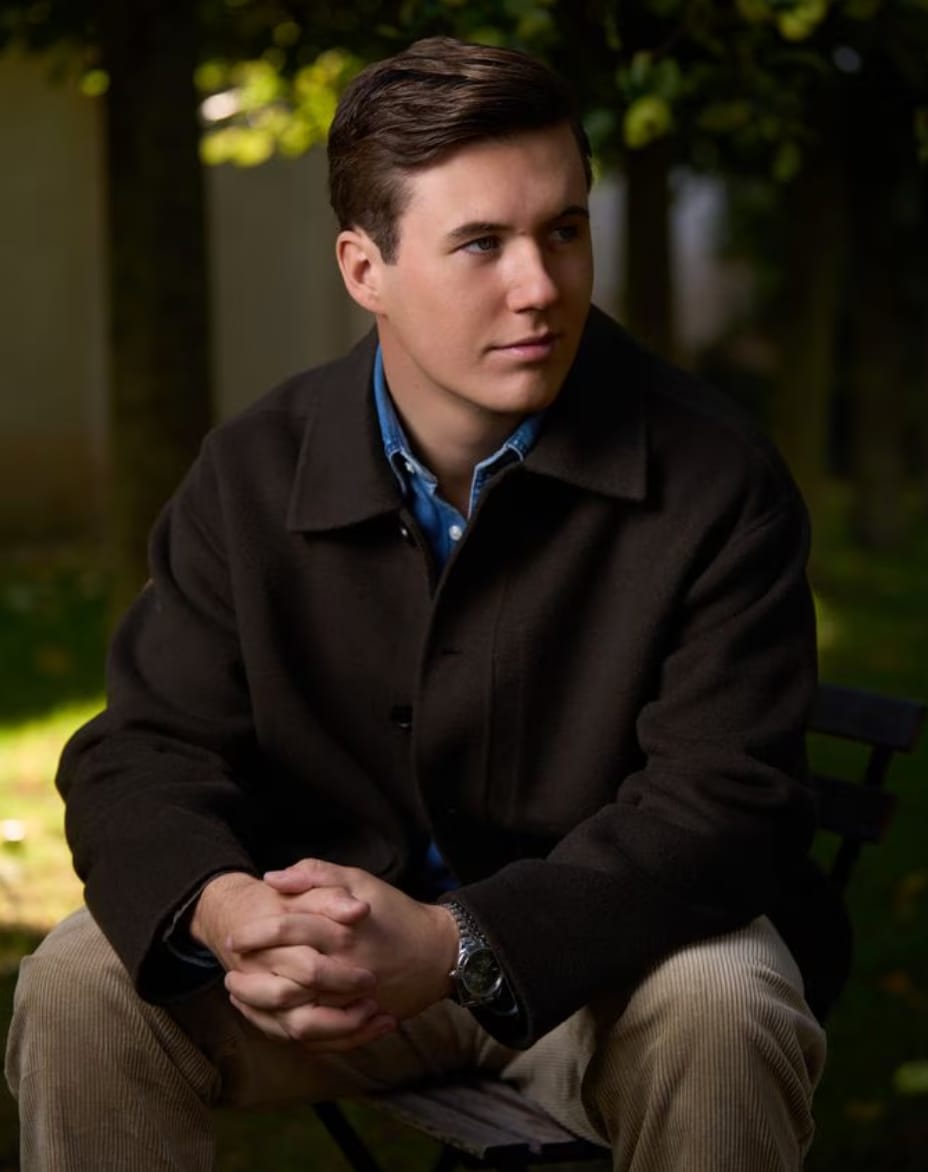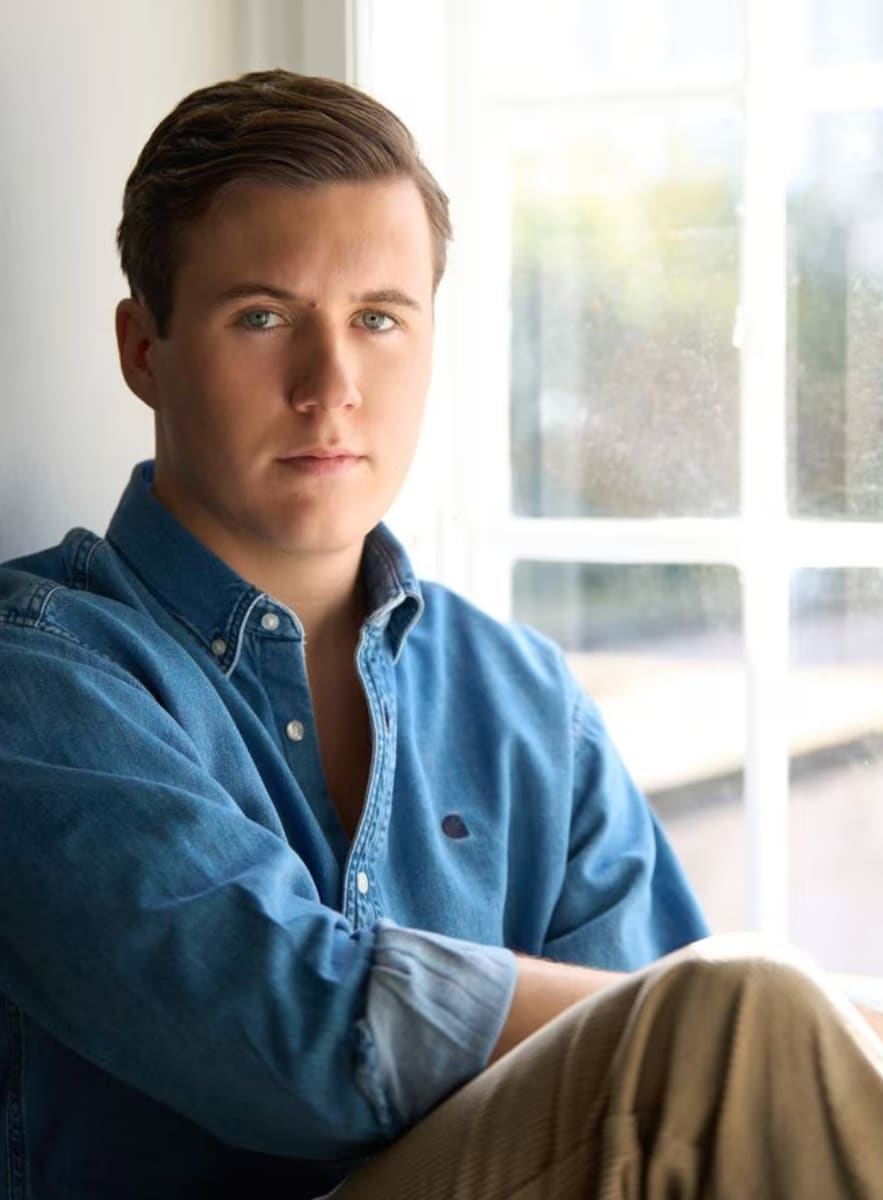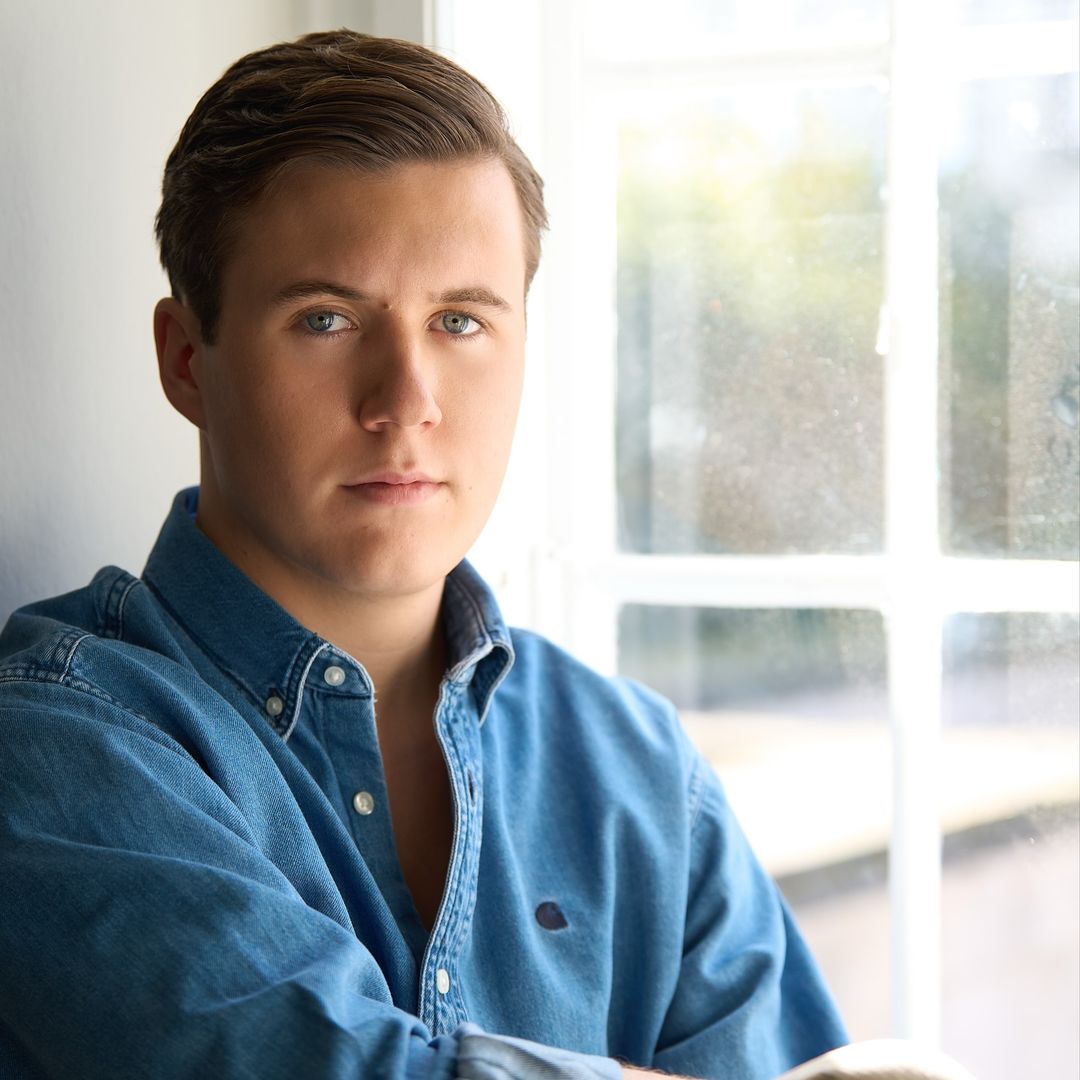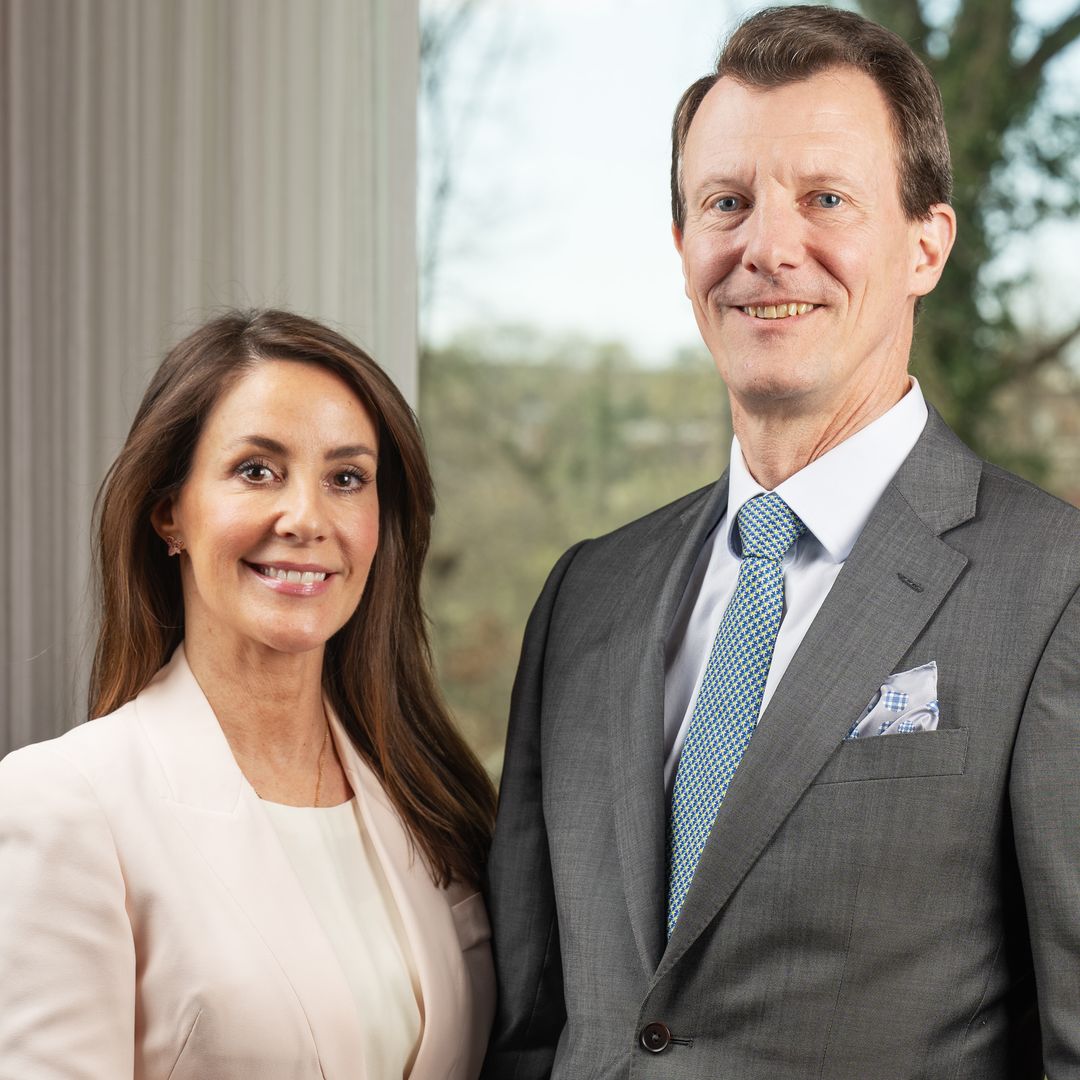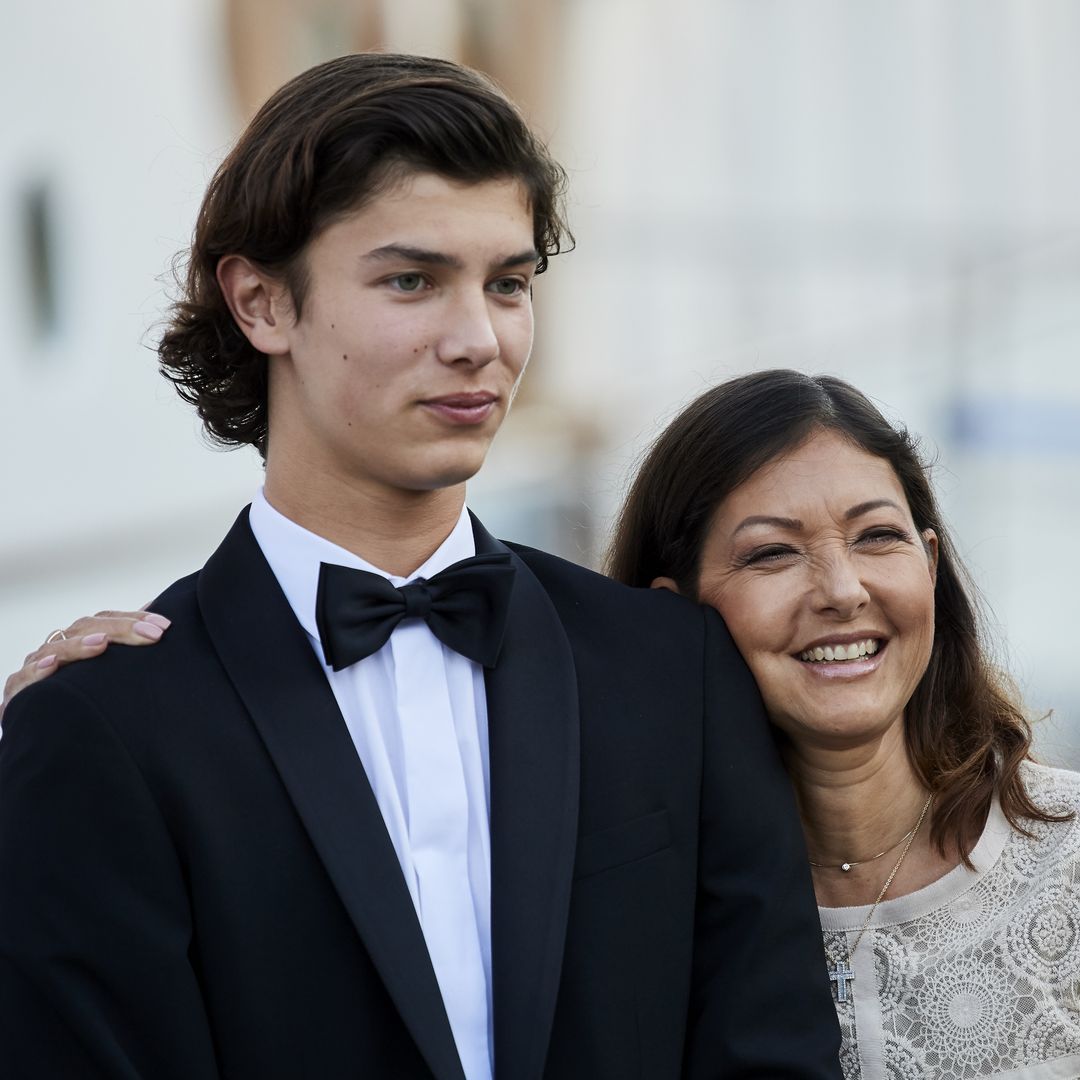The official portraits of Prince Christian of Denmark, released to mark his 20th birthday, have sparked unexpected controversy in the Danish press. What was meant to be a solid image campaign for the heir to the throne has turned into a debate about aesthetics, authenticity, and excessive digital retouching.
Some photography experts have labeled the images “too perfect,” even going so far as to describe the young prince as having “marzipan skin," a reference to an artificial, overly softened texture. According to media outlets in Denmark, this could potentially violate the Danish royal family’s photography policy.
Rather than projecting the image of a relatable prince committed to the functioning of the state and the future of the monarchy, the outcome has been quite the opposite.
Bringing the prince closer to the public has created a visual barrier that seems to be creating distance. Critics also pointed out an excess of makeup, including heavy foundation, bronzer to create a “sunkissed” look, highlighter on the cheekbones, and a shine on the lips.
Others also mentioned that some poses appeared uncomfortable. Danish media outlets such as Politiken, known for their reflective rather than sensationalist tone, disagree that this is the right image to present of the future king.
“This could go against the royal family's photography policy, which has not commented on the matter,” the newspaper notes, referring to the institution’s stated commitment to providing the public with images that are not manipulated, aside from “minor lighting adjustments.”
Several experts interviewed by Politiken agree that these portraits show signs of “manipulation, lack of texture, and nuance in the face,” indicating that not everything is authentic in the official new portraits of Crown Prince Christian.
Petra Kleis, a photography expert interviewed by the outlet, has no doubts. According to her, the portraits are heavily retouched. “The skin looks like marzipan because it has been blurred,” she says.
Morten Boeriis, a digital image manipulation expert and associate professor at the University of Southern Denmark, shares her view. “These images have undergone extensive processing," adding that it was not done in "a particularly elegant way.”
It’s worth noting that the relationship between the Danish Royal House and the country’s media has not been at its best for some time, and tensions flare up occasionally.
Since the proclamation of King Frederik X on January 14, 2024, following the unexpected abdication of his mother, Queen Margrethe, the Danish monarchy has gradually reshaped its communication strategy to gain more controlled exposure.
While the royal couple gave an interview to Danish TV channel TV2 just four months into the new reign, in May 2024, since then, direct communication has been largely replaced by exclusive content distribution via the royal family's official channels, particularly their Instagram account.
This shift has provoked strong backlash from the Danish press, which accuses the Crown of limiting access to information and avoiding public scrutiny.

